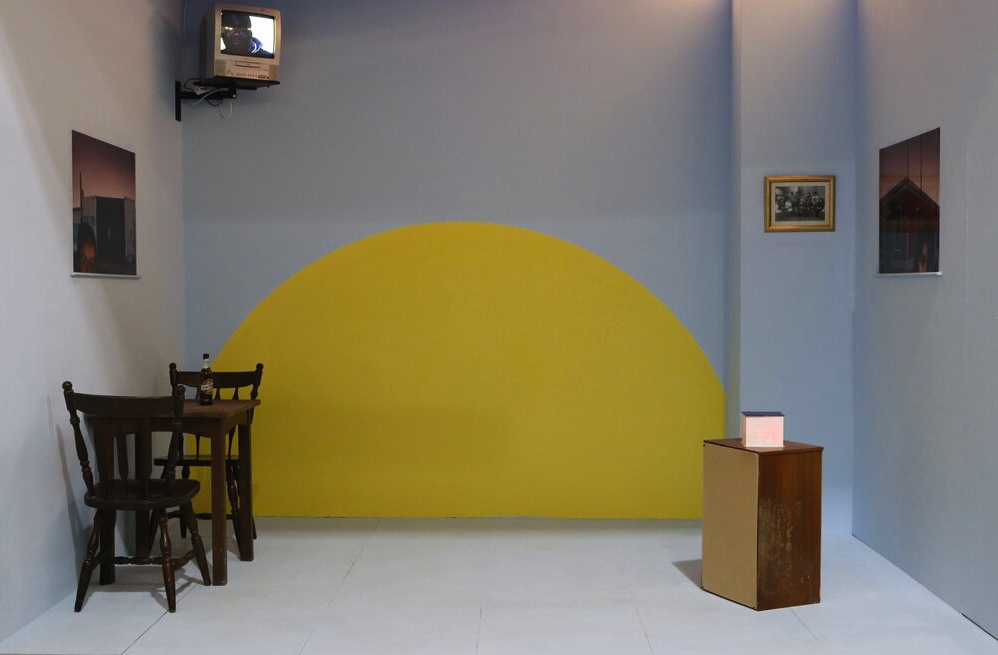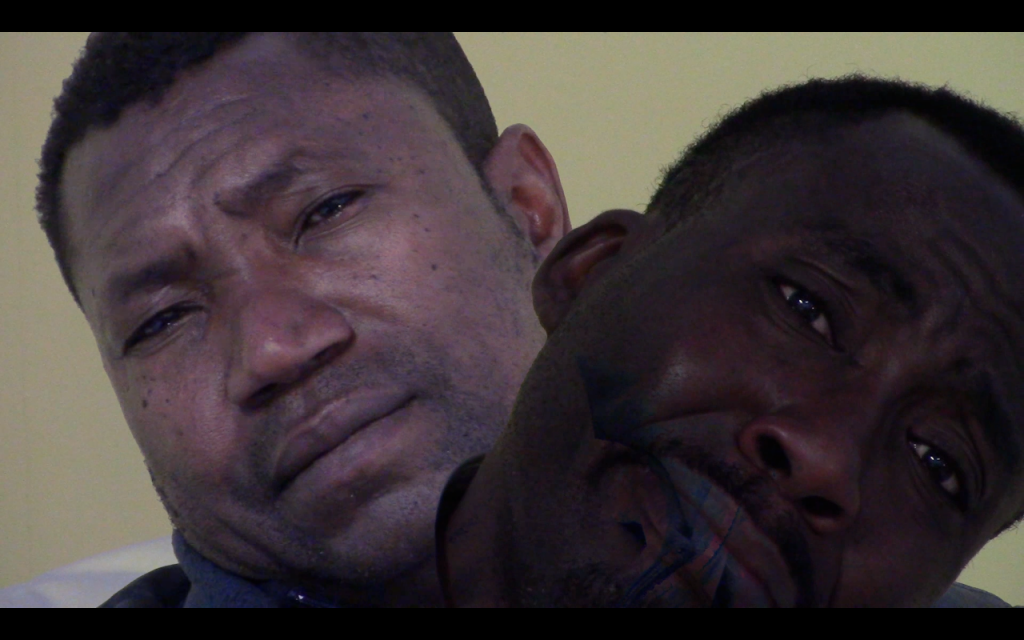
La Maldad/Baby Room Salsa Club
2019-2020
Installation/salsa club
London, UK
+++
Bryan Giuseppi Rodriguez Cambana
Callao, Peru
Nomadism has shaped the core focus of my practice through my participation in art residencies outside of the U.S. My work in both public and private spaces, which in the context of the “third world” are frequently the same, is centered on my communities’ (Black and Indigenous people) dexterous recycling and occupation/reclaiming of places and territory. This is a kind of mystical play and performative gesture where one’s surroundings are in constant transition (circling through re-imaginings). I am interested in establishing relationships with groups outside of (and systematically denied access to) a formal art milieu; being that their tremendous contributions to general creative labor are constantly being institutionalized (informing the aesthetic and brand of contemporary art culture) yet often without proper or any type of compensation or acknowledgement. I find it urgent to think about what is owed, what has been lost, and what is to be gained, while, in the process, re-examining or re-conceptualizing notions of wealth and autonomy.
https://www.bryanrodriguezcambana.com/
instagram.com@bryangiusepi

La Maldad/Baby Room Salsa Club
Still from from installation video

Cara de Niño
2019
Performance
Mexico.DF
+++++
Q&A with Bryan Giuseppi Rodriguez Cambana – June 2020
How did you get started?
I’m assuming you mean “when I started to make art.” If I had to say, painting with crayons on concrete blocks on the sidewalks of Callao, Peru was the beginning; and helping my grandfather touch up small figurative sculptures for his yearly “nacimiento,” a home installation depicting the birth of Jesus put up every Christmas. Besides that, It feels like I just started naturally, of course without any formal understanding of what art can/should be.
2. What type of work do you make or do?
I make videos, films and installations currently. I’m hoping I keep changing mediums through time.
3. What are you currently working on?
I’m working on an installation and a play.
4. What are some of the key influences for your work?
Pepon Osorio, Ana Mendieta, Tego Calderon, Ivy Queen, La India, Ivan Cruz, Chavela Vargas and Bobby Shmurda.
5. What does the Chelsea Art Club Trust Award mean to you?
Resources to make work and I’m not completely sure yet, but I am excited to find out.
6. What are the biggest challenges facing your peer group?
Covid maybe. And white supremacy.
7. What does a studio day look like for you?
Procrastination, socializing, flirting, drinking, plotting/organizing and art making.
8. Are there any pandemic-induced developments that you want to see continue and how has your practice changed?
My practice has not changed much, I think every “pandemic-induced development,” if I understand correctly, is coming from a type of urgency that has not, evidently, been enjoyable. I don’t want to be in lockdown anymore because I want to dance with other people very badly.
9. If you could change one thing in the London art scene, what would it be?
I haven’t been exposed to it properly so I can’t say, fairly.
10. What gets you up in the morning?
Hunger.
